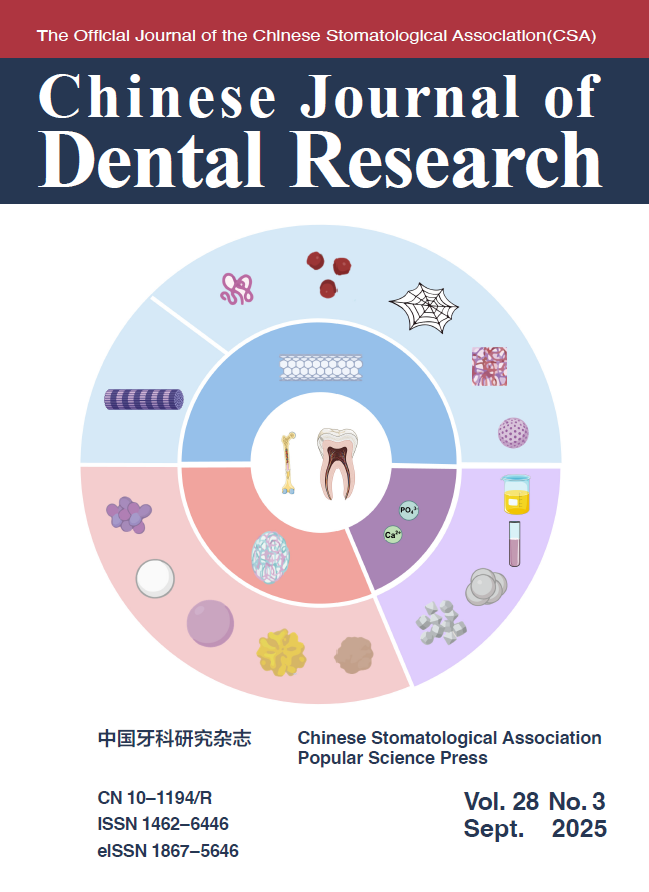|
Objective: To evaluate the association between systemic diseases and severity of periodontitis based on Chinese epidemiological data. Methods: Data of dentate subjects (35- to 44-year-old group, 55- to 64-year-old group, and 65- to 74-year-old group) from the Fourth National Oral Health Survey of China were analyzed. Selfreport diagnosis of systemic diseases was based on face-to-face interview. Periodontal status was defined by the 2018 classification scheme and periodontal parameters including bleeding on probing (BOP), probing depth (PD) and attachment loss (AL). Results: The prevalence of systemic diseases, was much higher in subjects with advanced periodontitis but similar in subjects with other periodontal status. The association between systemic diseases and advanced periodontitis is stronger in the younger adult group but weakens with age. Conclusion: Periodontitis is a significant associated with systemic diseases, especially hypertension, heart disease, diabetes among Chinese adults based on the data of the Fourth National Oral Health Survey of China. In view of the worsening health burden of periodontitis, it might be necessary for healthcare providers to be more concerned about prevention and treatment of periodontitis in order to enhance systemic health. Keywords: epidemiology, periodontitis, systemic diseases (editor:CJDR) |
- Chin J Dent Res
CN 10-1194/R . ISSN 1462-6446 . eISSN 1867-5646 . Quarterly 



